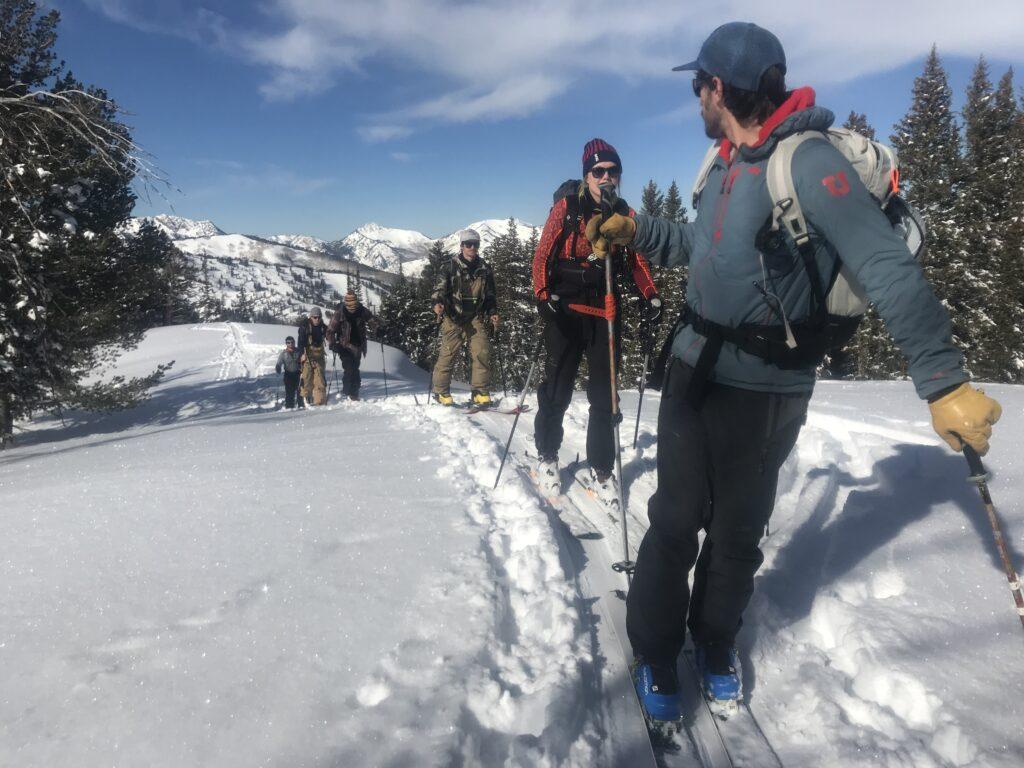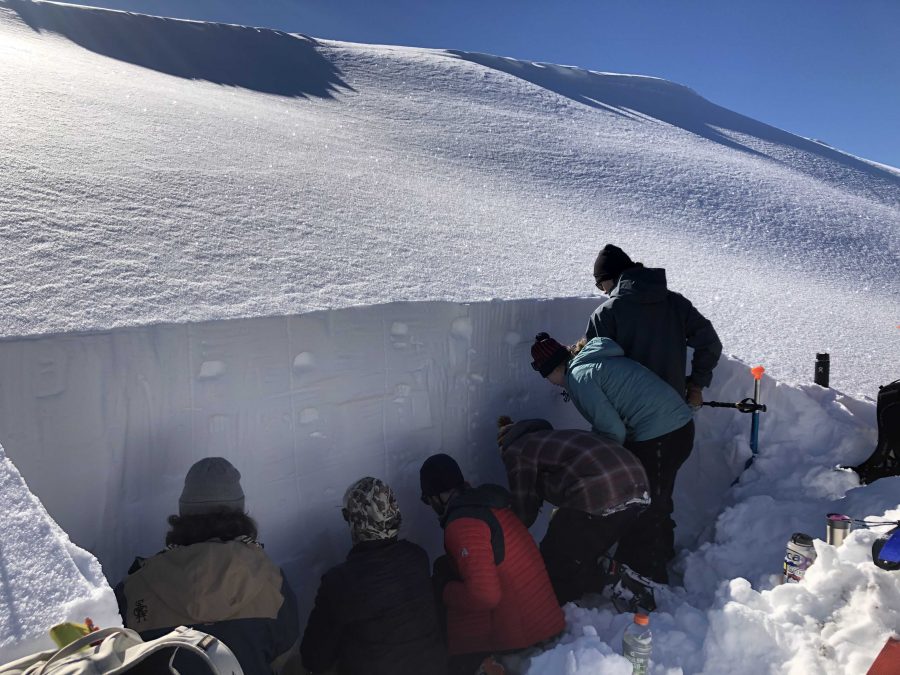Like many skiers in Utah, I spent the end of more than one ski day this January sitting in the lodge, wondering when the canyon road would be safe to open after being hammered by 30 plus inches of incredible snow. It’s a give and take kind of feeling, being forced into submission by the weather right after a ski day that rivals all ski days. The weather shows how human ingenuity and craftsmanship can only get us so far when we’re up against the natural forces of mother nature. However, the danger of avalanches spreads far beyond the inconvenience of canyon closures here in the ski city.
Now in my third season as a backcountry skier, I find myself thinking about avalanches more and more. As my focus shifts to bigger lines sometimes on exposed faces, the avalanche danger becomes part of the daily equation rather than an ominous ‘what if’ question. After taking an entry level course last year through the Utah Avalanche Center, I wanted to pursue my avalanche level one certification through the University this season.
The Avalanche level one course is a four-day course that consists of three field days and one classroom day, and covers a variety of topics from basic snow science to rescue procedures in the event of a burial. My course had about twenty people who were split into three groups based on their backcountry abilities. This split provided an experience for people who had never skinned before as well as for people who had a few years of backcountry skiing under their belts. In the advanced group, we did about three hours of skinning per field day in combination with various rescue drills, snow inspection, and– of course– skiing. The class met at different locations for all three field days, including Grizzly Gulch in Little Cottonwood Canyon, and the Mill D and Guardsman’s Pass trailheads in Big Cottonwood. A student from the beginner group who had never skinned before repeatedly spoke about the patience of the instructor and the other skiers in her group in a way that truly convinced me of the approachability of the class for anyone with downhill abilities in powder snow.
The instructors maintain a great balance between safe travel practices and terrain assessment in a way that nearly guarantees safe travel in avalanche terrain. The key takeaway from the class is to combine knowledge of the avalanche forecast with knowledge of the terrain to minimize exposure to avalanche terrain altogether. The instructors show students how to make use of slope angles and safe zones to avoid slide paths and terrain traps during both uphill and downhill travel. Students are also instructed how to conduct various snow tests: for example, digging a snow pit in order to assess layers in the snowpack.
The avalanche level one course here at the U is an excellent opportunity for complete backcountry skiing beginners to people who have done a handful of tours here and there. It is a good follow-up class to the course offered through the Utah Avalanche Center, and an essential stepping stone to further avalanche education. The instructors provided a well-organized and friendly experience that was not only educational but inspiring. I would recommend the course to anyone interested in backcountry skiing or snowboarding.



